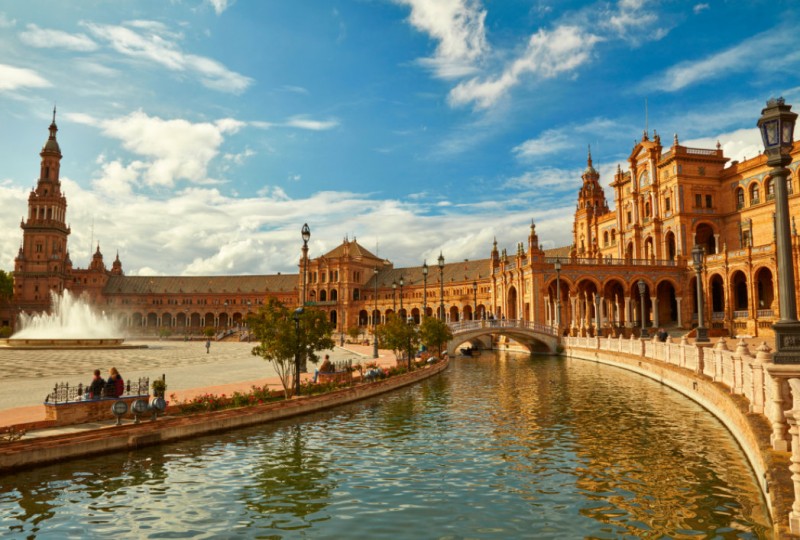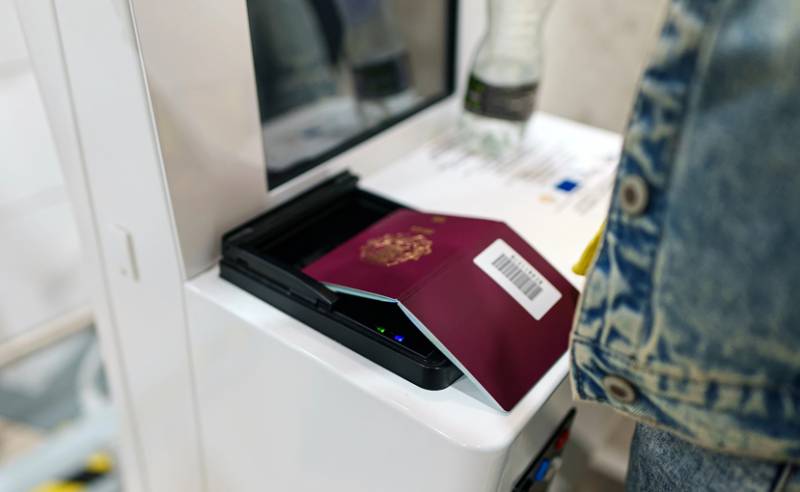- Region
- Águilas
- Alhama de Murcia
- Jumilla
- Lorca
- Los Alcázares
- Mazarrón
- San Javier
-
ALL AREAS & TOWNS
- AREAS
- SOUTH WEST
- MAR MENOR
- MURCIA CITY & CENTRAL
- NORTH & NORTH WEST
- TOWNS
- Abanilla
- Abarán
- Aguilas
- Alamillo
- Alcantarilla
- Aledo
- Alhama de Murcia
- Archena
- Balsicas
- Blanca
- Bolnuevo
- Bullas
- Cañadas del Romero
- Cabo de Palos
- Calasparra
- Camping Bolnuevo
- Campo De Ricote
- Camposol
- Canada De La Lena
- Caravaca de la Cruz
- Cartagena
- Cehegin
- Ceuti
- Cieza
- Condado de Alhama
- Corvera
- Costa Cálida
- Cuevas De Almanzora
- Cuevas de Reyllo
- El Carmoli
- El Mojon
- El Molino (Puerto Lumbreras)
- El Pareton / Cantareros
- El Raso
- El Valle Golf Resort
- Fortuna
- Fuente Alamo
- Hacienda del Alamo Golf Resort
- Hacienda Riquelme Golf Resort
- Isla Plana
- Islas Menores & Mar de Cristal
- Jumilla
- La Azohia
- La Charca
- La Manga Club
- La Manga del Mar Menor
- La Pinilla
- La Puebla
- La Torre
- La Torre Golf Resort
- La Unión
- Las Palas
- Las Ramblas
- Las Ramblas Golf
- Las Torres de Cotillas
- Leiva
- Librilla
- Lo Pagan
- Lo Santiago
- Lorca
- Lorquí
- Los Alcázares
- Los Balcones
- Los Belones
- Los Canovas
- Los Nietos
- Los Perez (Tallante)
- Los Urrutias
- Los Ventorrillos
- Mar De Cristal
- Mar Menor
- Mar Menor Golf Resort
- Mazarrón
- Mazarrón Country Club
- Molina de Segura
- Moratalla
- Mula
- Murcia City
- Murcia Property
- Pareton
- Peraleja Golf Resort
- Perin
- Pilar de la Horadada
- Pinar de Campoverde
- Pinoso
- Playa Honda
- Playa Honda / Playa Paraíso
- Pliego
- Portmán
- Pozo Estrecho
- Puerto de Mazarrón
- Puerto Lumbreras
- Puntas De Calnegre
- Region of Murcia
- Ricote
- Roda Golf Resort
- Roldan
- Roldan and Lo Ferro
- San Javier
- San Pedro del Pinatar
- Santiago de la Ribera
- Sierra Espuña
- Sucina
- Tallante
- Terrazas de la Torre Golf Resort
- Torre Pacheco
- Totana
- What's On Weekly Bulletin
- Yecla


- EDITIONS:
 Spanish News Today
Spanish News Today
 Alicante Today
Alicante Today
 Andalucia Today
Andalucia Today
An introduction to the province of Seville
Sevilla is the capital city of the region of Andalucía
The province of Sevilla is one of the eight in the Autonomous community of Andalucía, along with Almería, Cádiz, Cordova, Granada, Huelva, Jaén and Málaga. The capital city of the province of Sevilla is the city of Sevilla.
The province occupies an area of more than 14,000 square kilometres, with a population of just under 2 million inhabitants, about 40% of whom live in the capital city itself, while a further 16 municipalities have over 20,000 inhabitants, the largest among them being Dos Hermanas just a few kilometres from the capital.
Andalucia Today includes whole section dedicated to the province, featuring relevant news items, some suggestions regarding major tourist sites which can be visited and information about major cultural events taking place in the area.
Click to go through to the Seville province section.
More information about the province of Sevilla
 The River Guadalquivir runs through the province from north-east to south-west, flanked on either side by the Sierra Morena and the Sierra Sur, and most of the population live in the rich and fertile plain on which the city of Sevilla grew over the centuries. The city is now the fourth largest in Spain in terms of population, and is capital of the whole of the region of Andalucía, and it is here and along the banks of the river that most of the historical and cultural heritage of the province is concentrated.
The River Guadalquivir runs through the province from north-east to south-west, flanked on either side by the Sierra Morena and the Sierra Sur, and most of the population live in the rich and fertile plain on which the city of Sevilla grew over the centuries. The city is now the fourth largest in Spain in terms of population, and is capital of the whole of the region of Andalucía, and it is here and along the banks of the river that most of the historical and cultural heritage of the province is concentrated.
The influences are various: Arabic, Jewish, Roman and a host of others, in an area from which the voyages of discovery set sail in the 15th and 16th centuries, and the amalgam of influences can be seen in the area’s architecture, art, folklore, gastronomy, music and general culture.
Long before the arrival of the Moors, in the millennium before Christ, the Phoenicians and Tartessians settled in the area where other rivers flow into the Guadalquivir on their way to the Atlantic, and the local economy grew as agriculture flourished on the fertile flood plain. Trading activity mushroomed under the Romans, and later over five hundred years of Arab rule left their indelible mark on the area before the Moors were expelled in 1248.
But Sevilla’s golden age was the 16th century, when the port was a major trading centre between Europe and the New World, and thus when it hosted the Universal Exhibition of 1992 the name of Sevilla was already known throughout the world. It was to coincide with this event that Spain’s first high-speed train route was opened between Madrid and Sevilla.
The geography of the area is dominated by water, not only the River Guadalquivir but also the Natural Park of the wetlands of Doñana, which is a place of pilgrimage for ornithologists from all over the world. Animal lovers will also be attracted by the province’s wild bulls and the famous Pure Spanish horses, and elsewhere the monuments of the towns and cities are matched by the beautiful countryside which has made Sevilla one of the most agriculturally productive regions of Spain.
Of course the region is in the south of Spain, and the weather is warm. In summer the temperature often exceeds 40ºC, and the basin in which the historic city of Écija lies is known as “the frying-pan of Andalucía” due to the heat.
 Economically the driving force of Sevilla has always been agriculture, with large quantities of cereals being grown as well as many types of fruit and vegetables. In addition cattle and pig farming is important, and in modern times there have been many industrial and technological parks set up to stimulate growth in the future, as well as Aerópolis, a park devoted to the aeronautics sector. But equally, the role of tourism must not be forgotten: well over a million people flock here for the city fair two weeks after Easter, and large numbers of tourists come all year round.
Economically the driving force of Sevilla has always been agriculture, with large quantities of cereals being grown as well as many types of fruit and vegetables. In addition cattle and pig farming is important, and in modern times there have been many industrial and technological parks set up to stimulate growth in the future, as well as Aerópolis, a park devoted to the aeronautics sector. But equally, the role of tourism must not be forgotten: well over a million people flock here for the city fair two weeks after Easter, and large numbers of tourists come all year round.
This fair is known as the “Feria de Abril”, although it is sometimes held in May, and is one of the showpieces of Andalusian culture: the flamenco influence and local gastronomy are in evidence everywhere you look. As for the typical costumes, if you like your frocks spotty and frilly and your hats wide-brimmed, this is the fiesta for you! The Easter Week processions are different in each locality, and those of Seville, Carmona and Utrera are particularly well known, and there is a long list of other celebrations throughout the year.
The food in the province is an example of how a wide range of natural local products have been subject to a variety of culinary influences. The pigs feeding on the plain, the rice-fields along the river, the abundant fruit and vegetables and the seafood and fish from the coast of Andalucía are the raw materials for the province’s tapas, and the wide range of stews, soups and desserts all contribute to a real feast for the gastronomic tourist.
The province is divided into ten comarques for many administrative purposes: El Aljarafe, Bajo Guadalquivir, Campiña de Carmona, Campiña de Morón y Marchena, Comarca Metropolitana de Sevilla, Comarca de Écija, Sierra Norte, Sierra Sur, Vega del Guadalquivir and Los Alcores.
Click for map, province of Seville, Andalucia.
ALL IMAGES AND TEXT ARE COPYRIGHTED . FULL OR PARTIAL REPRODUCTION PROHIBITED.




















